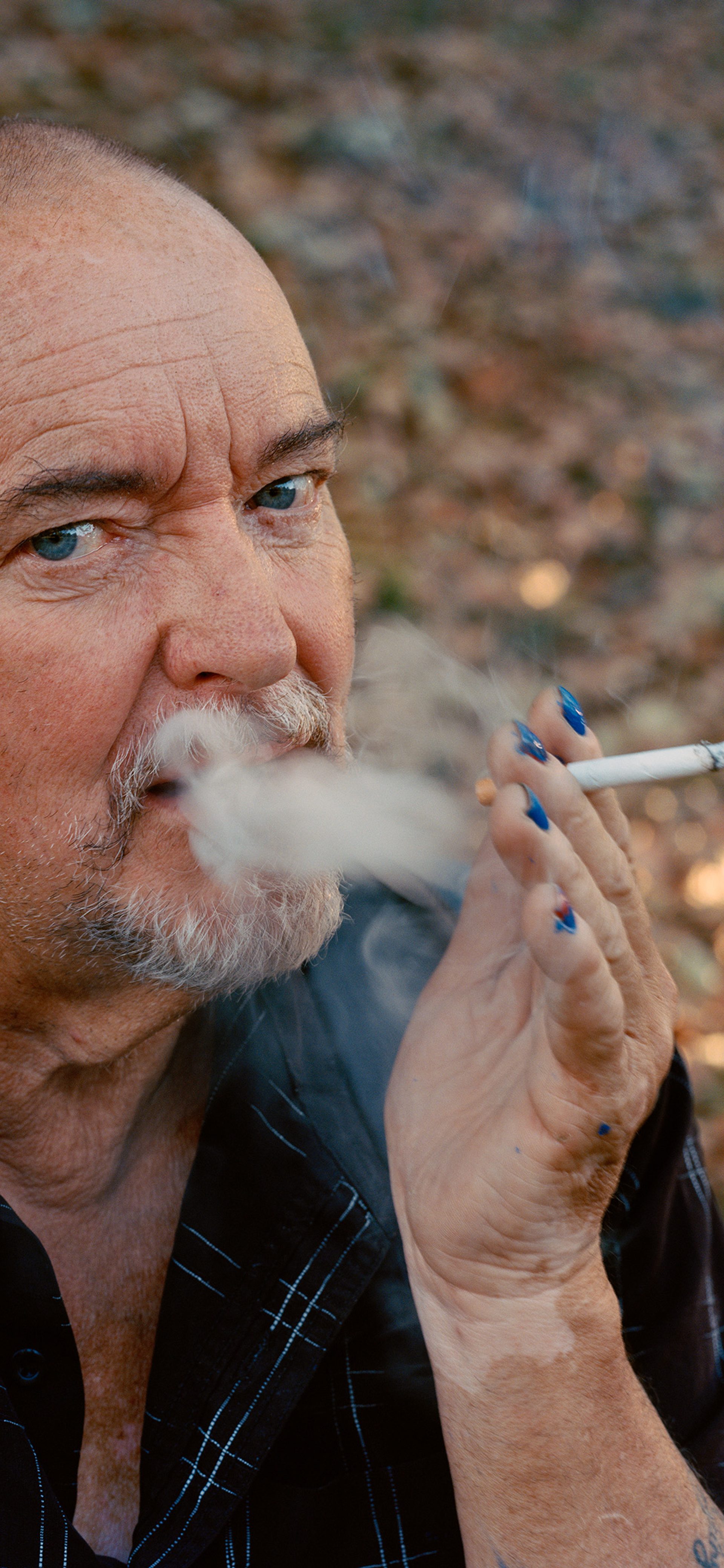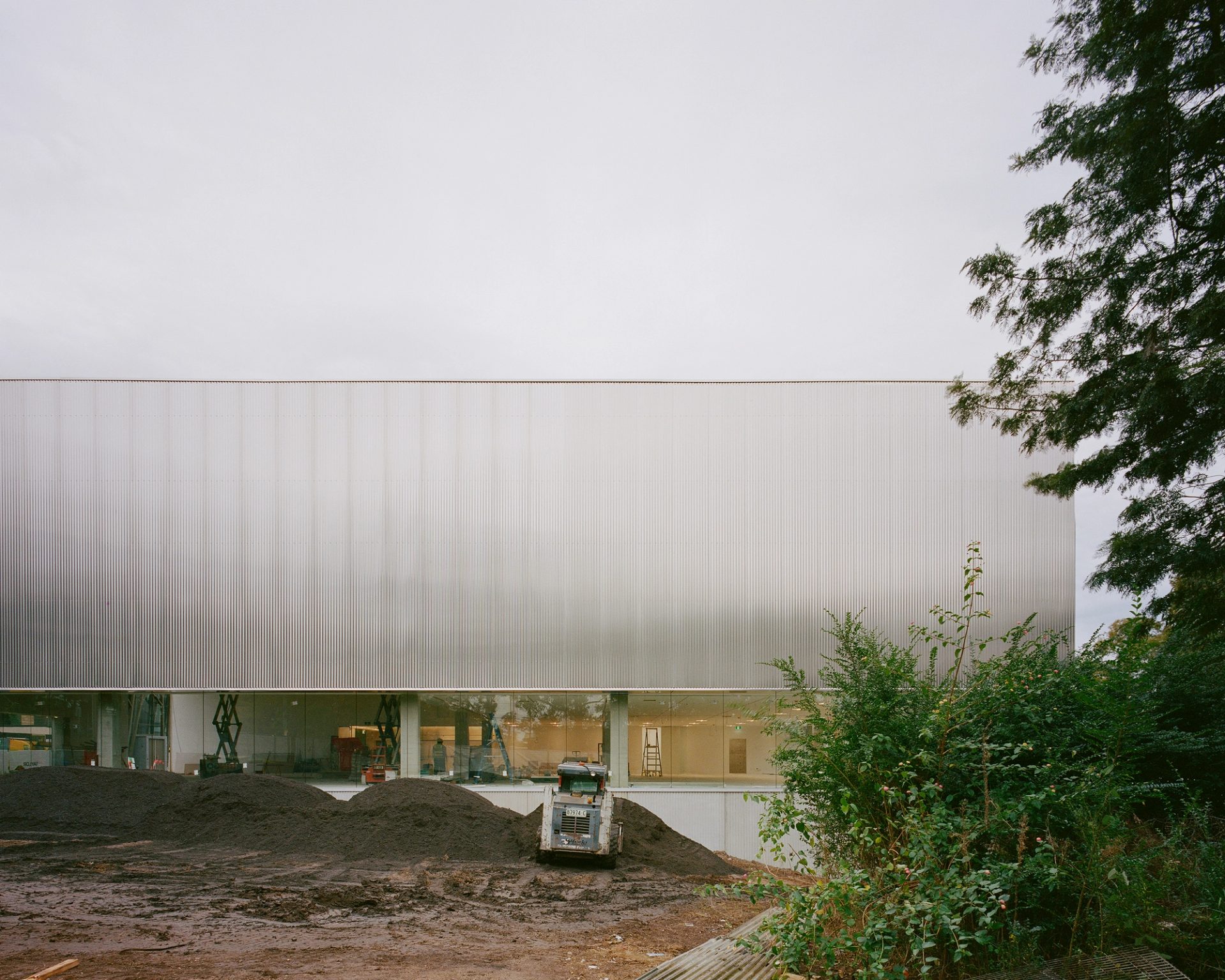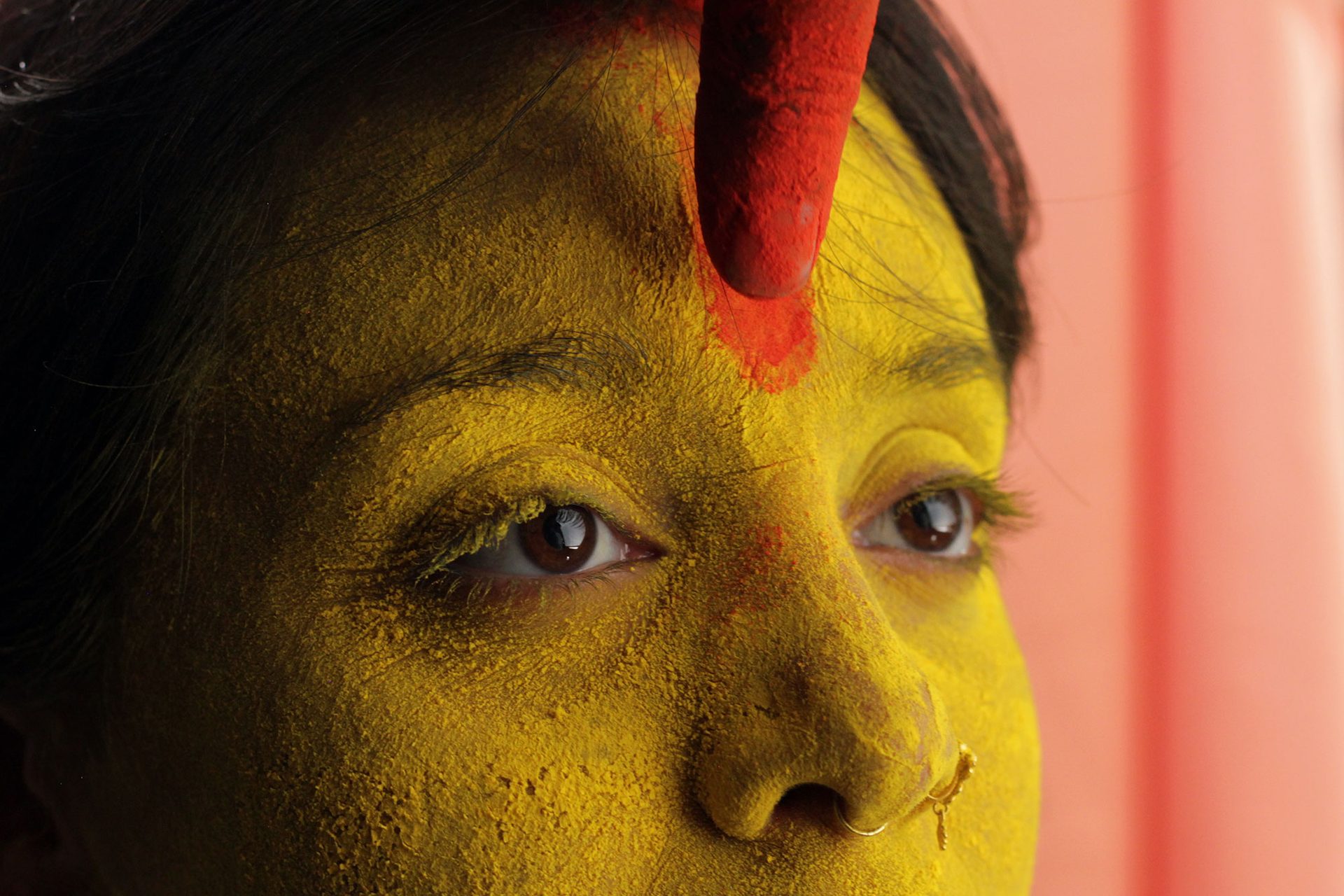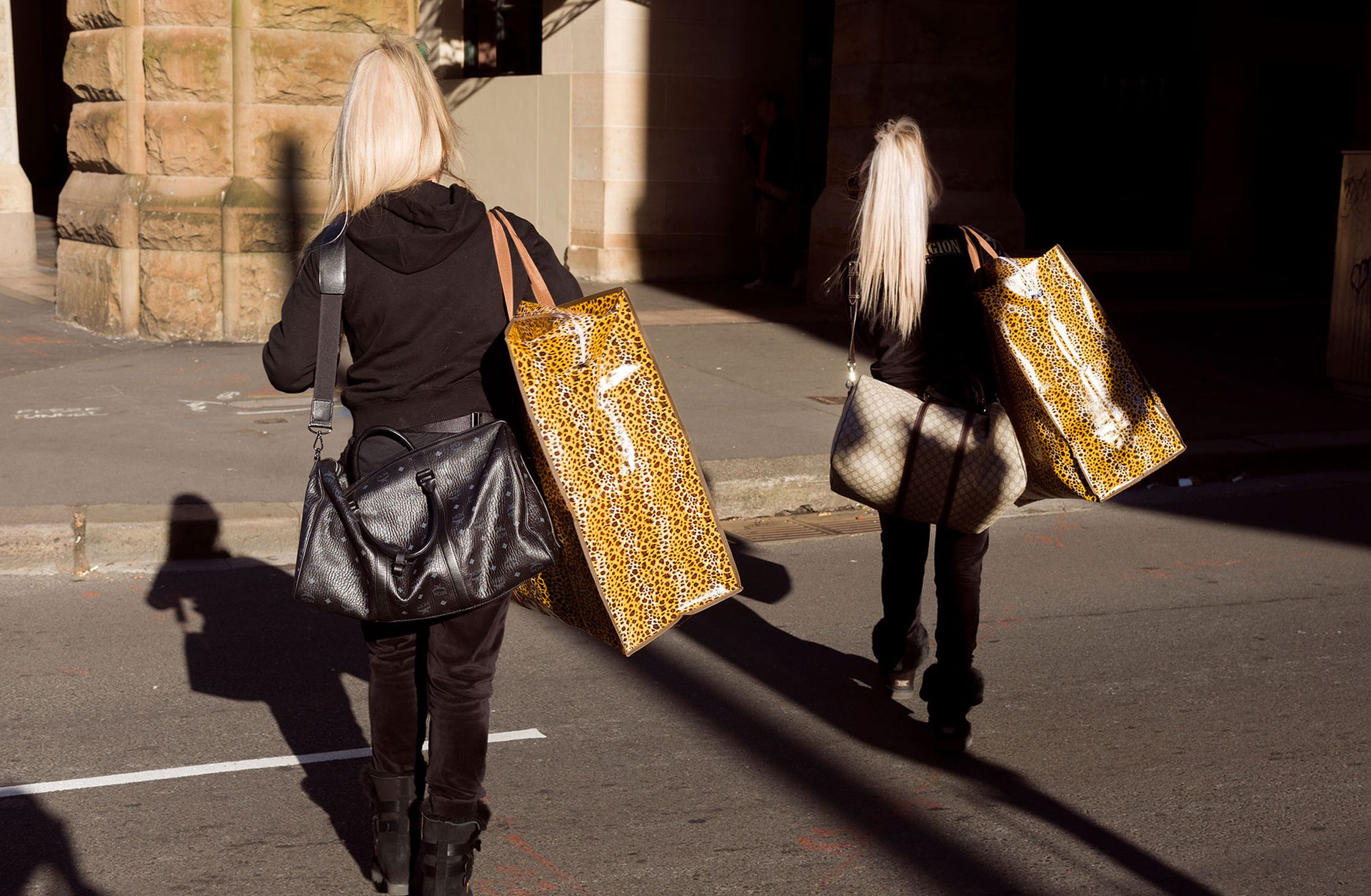Walking Along the Parramatta River

‘When you’re taking a picture with the 4x5 you also have to be present in every part of the process, because it’s an all-manual camera. It’s the perfect excuse to look around a little longer and think about what’s in front of you.’


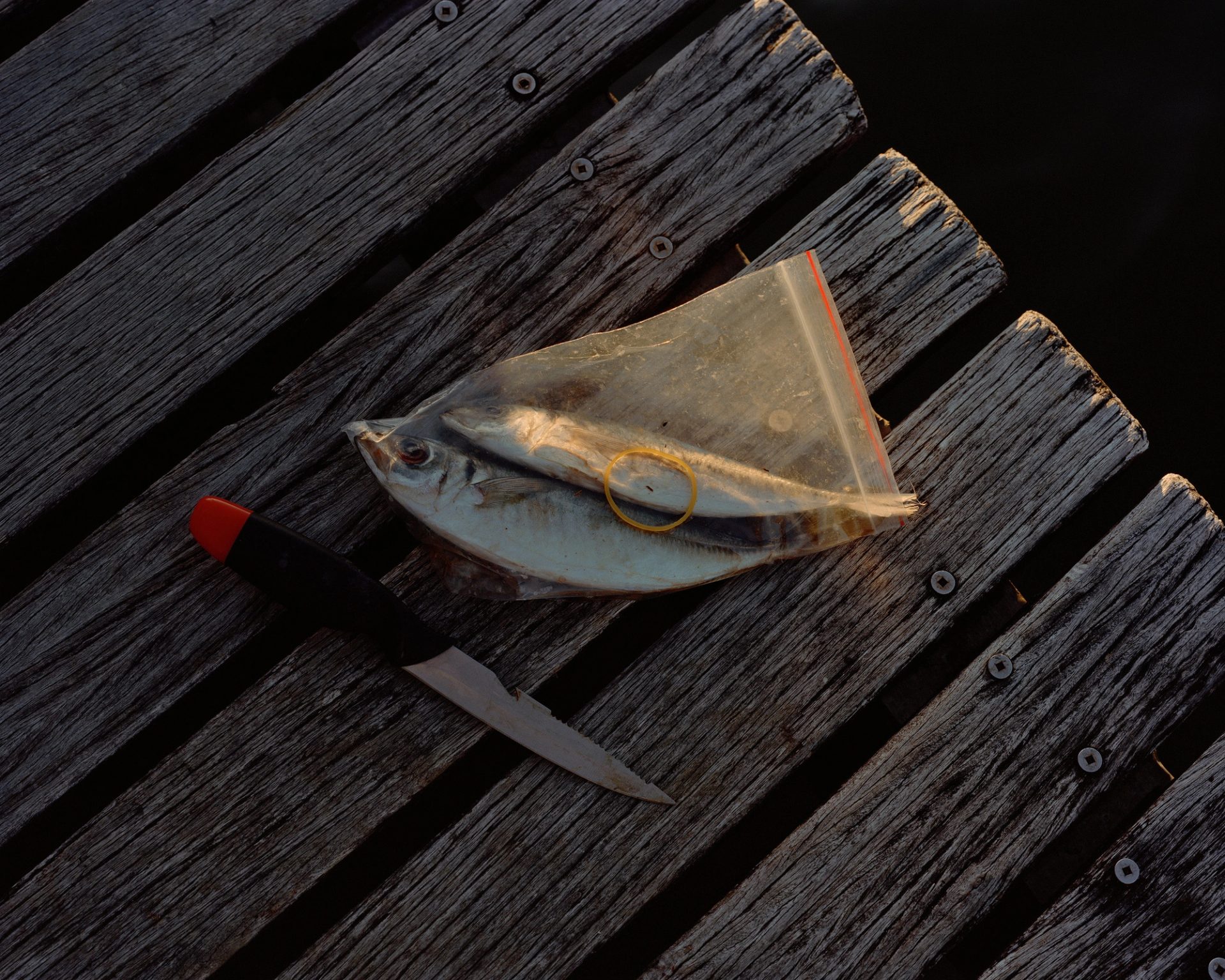
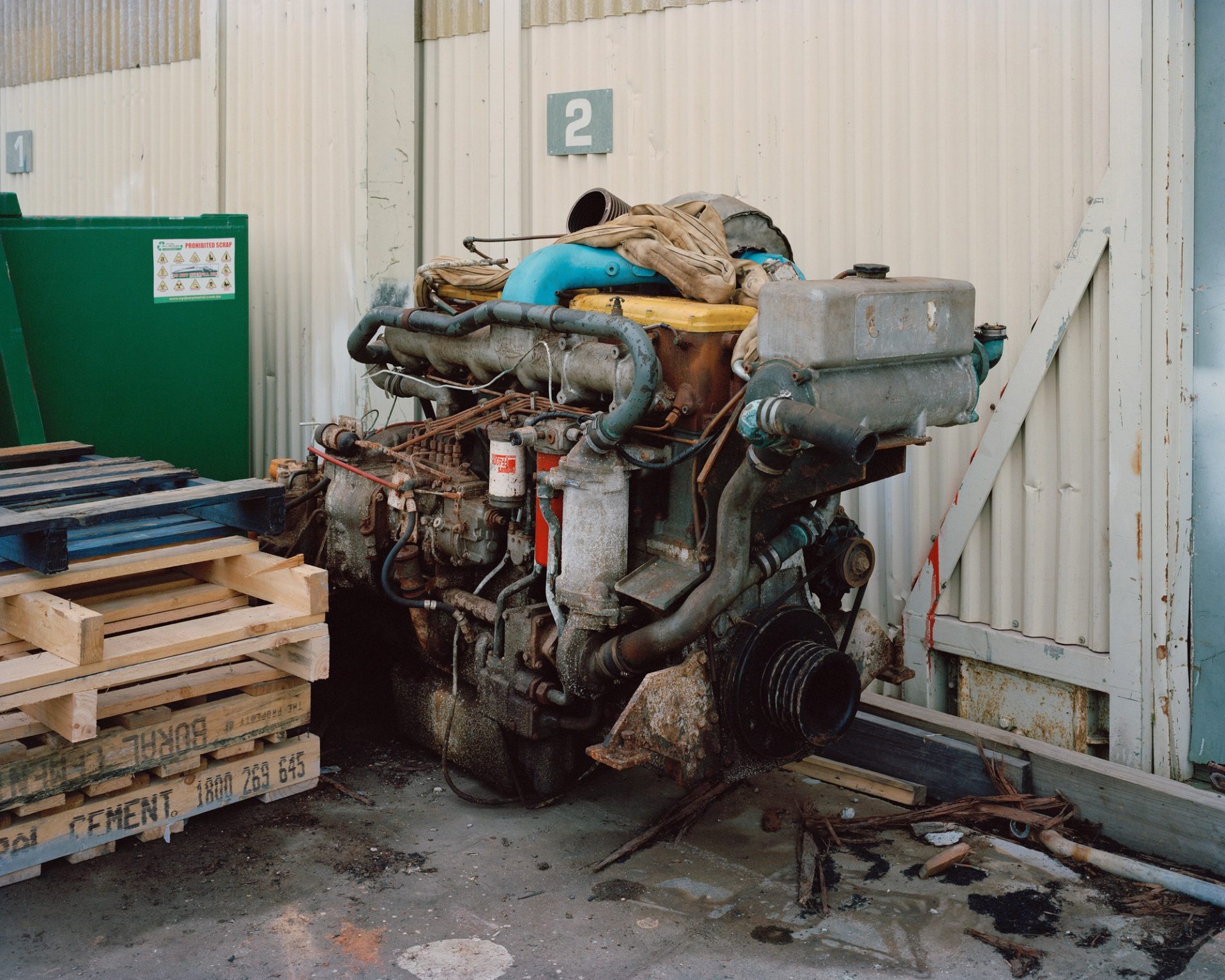
Matteo Dal Vera came to photography through walking. As a young boy living in Italy and walking through the Dolomite Mountains in South Tyrol. As a student of photography at the University of Technology Sydney (UTS), when he and fellow undergraduate Michael Weatherill spent time walking through over-grown desire paths by the Nepean River, taking pictures for their series The Bridge. And for his latest collection of images, commissioned by Powerhouse Museum, for which he spent 18 months walking along the Parramatta River, 24 kilometres west of Sydney’s CBD and the site of the imminent Powerhouse Parramatta.
His technique may have evolved – from a compact digital camera picked up when he was 10, to a 4×5 large format apparatus and printing in his own darkroom – yet his vision has remained constant.
“I think, as a photographer you need to make a conscious effort to be observant, allowing the moment to come,” he says. “I need to experience something first, then let the picture come.”
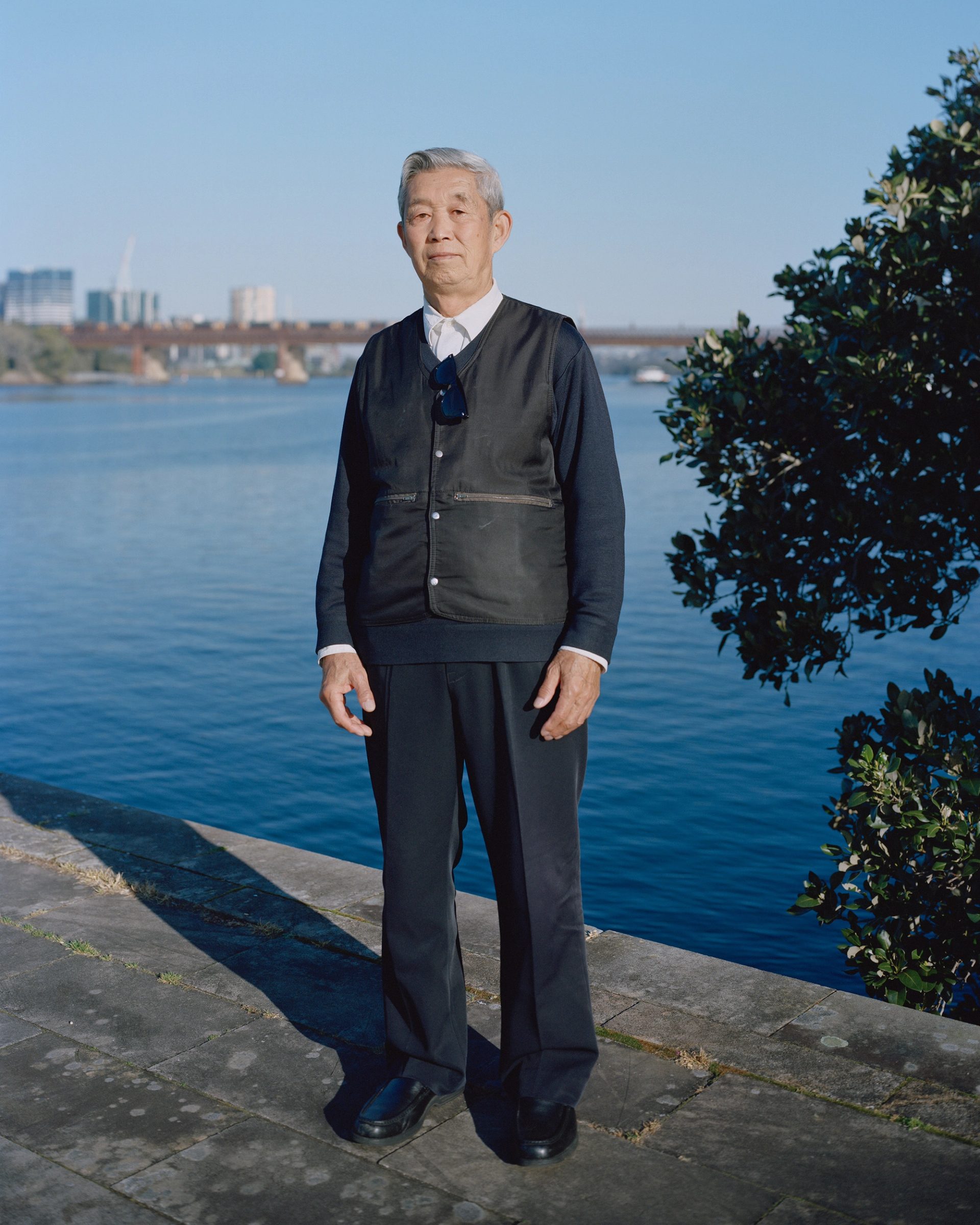
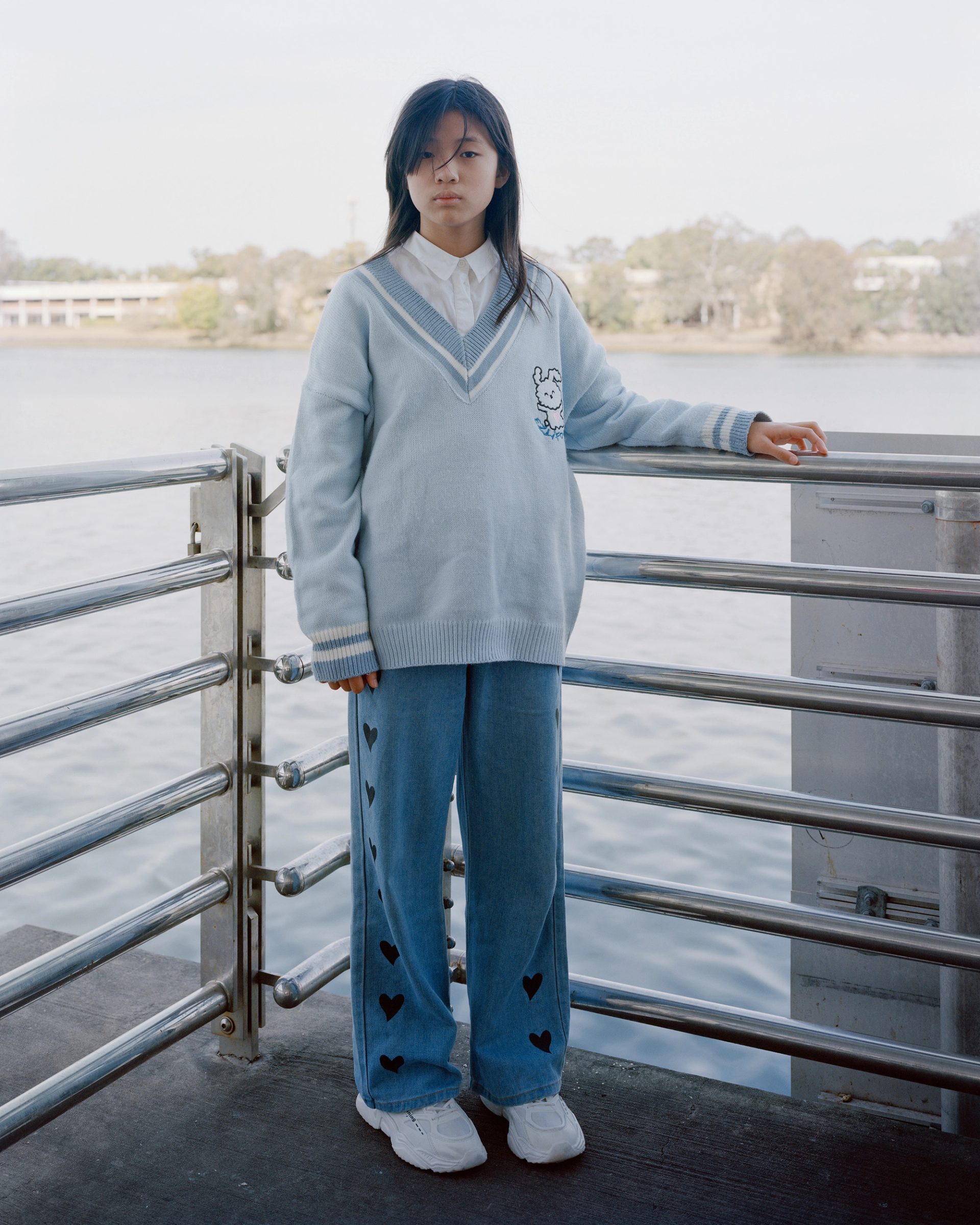
Stephen Todd What is the significance of the Parramatta River to you?
Matteo Dal Vera Initially I was fascinated by the fact that the Parramatta River is the main tributary of the Sydney Harbour. They have a shared history and yet the river’s existence is overshadowed by the typical tourist attractions of the harbour. Thinking about this led me to an early fixation that I wanted to see the river from start to end. So, I bush-bashed through all this dense vegetation, just so I could see the head of the river and the two small creeks that fed into it. Which was, it turns out, a very underwhelming experience. It was full of weeds and there was a construction site on it. From this early point in the project, the Parramatta River has reminded me to let go of our obsession with the idealised landscape and to appreciate the nuanced ways in which the river changes and supports life around it.
ST How did you approach this commission?
MDV Something I always do at the beginning of a project is spend time without my camera. For the first month, I didn’t even have my camera on me. I was just walking up and down the banks of the river. When you leave the camera at home, you leave yourself open to possibility.
ST What did you discover in that first month?
MDV I wanted the commission to challenge my own preconceived ideas about the Parramatta River and to think, well, what is interesting and beautiful about it? So, that first month became integral to just observing and getting an understanding of what the river means to the people visiting it. It has always been a meeting place and this idea really influenced the project. With one exception, everyone I photographed was by the river, and even when the river isn’t present in the picture, it’s the thread that connected the people I was meeting.
ST The series consists essentially of portraits, landscapes, and abstractions of the river itself.
MDV I spent most of my time observing the river in relation to the people and structures I passed by. There was a calming resonance that occurred when I pondered my own life, as well as the people I photographed – in all their busyness and everyday tasks – against the steadfast flow of the river. I made lots of portraits because they express this sense of stillness and ambiguity. Whereas the landscapes and abstractions of the river itself are more about observing an element that is constantly changing. There are also pictures that relate to the river, where it isn’t present. The boat motor, for instance, I was particularly drawn to because it looked like a heart that had been stripped out of where it belonged and had become a relic of a past life. This resonated with a feeling of melancholy seeing the neglected and polluted state of the river. The motor is the heart of a boat, and, in a way, it represents the industrial past of the river.
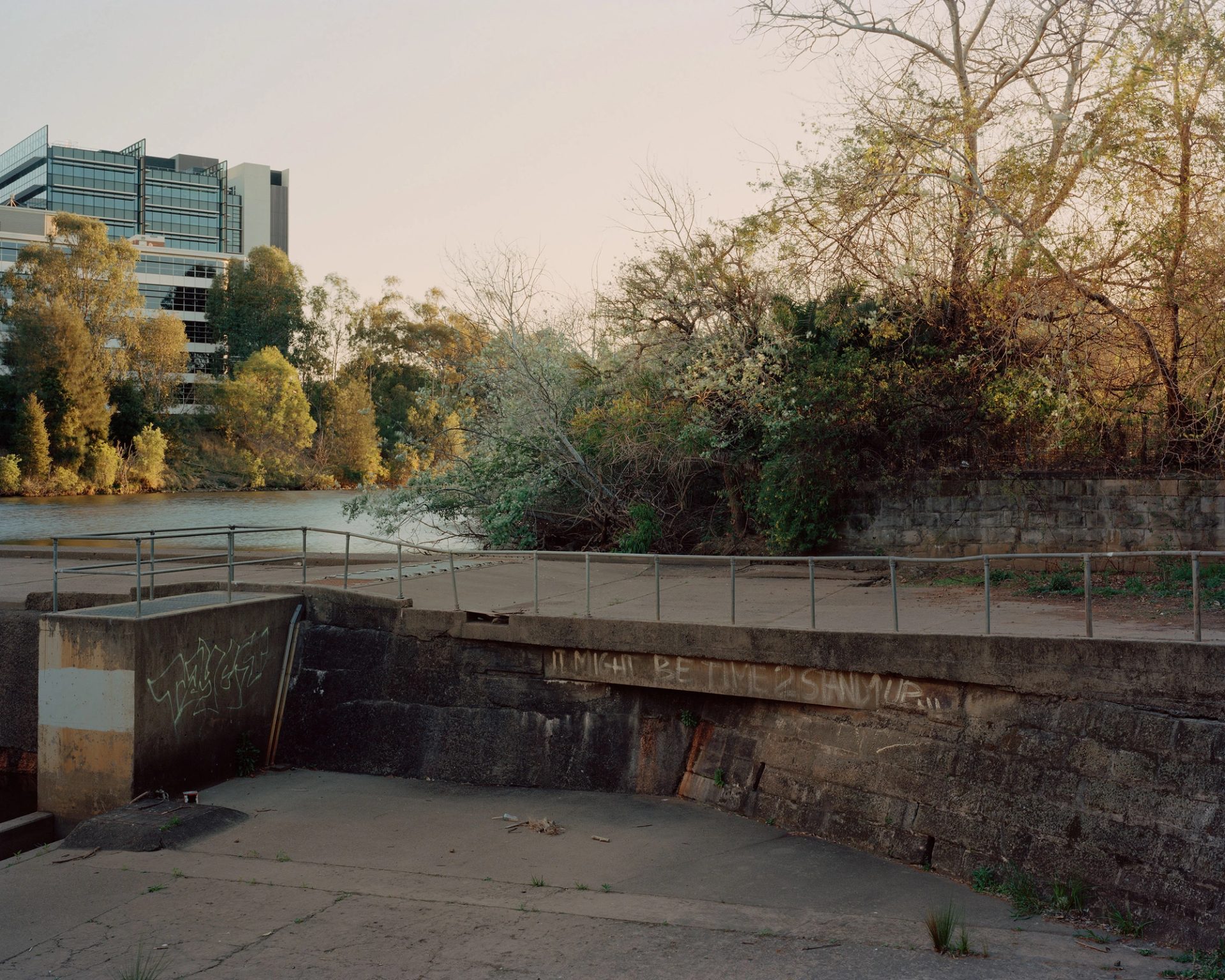
ST You adopted a 4×5 large-format camera in your final year at UTS to co-create the series The Bridge. What led to that decision?
MDV I gravitated towards that camera because I’ve always been fascinated by the hands-on, technical aspect of photography. As I became more serious about my work, I wanted my approach to be more considered, and a large-format camera encourages that aspect of your process. Part of that is the simple fact that you need to carry around a big 15-kg backpack, which begs a certain level of commitment. When you’re taking a picture you also have to be present in every part of the process, because it’s an all-manual camera. It’s the perfect excuse to look around a little longer and think about what’s in front of you.
ST You’ve also recently begun developing your own film and printing in your own darkroom.
MDV The darkroom is incredibly thrilling. It’s a place to play and experiment with the elements that make up photography, which are essentially light, time, and chemistry. You have this latent image that you’ve taken, but you don’t know if it’s going to turn out or not. The darkroom is a space that enables me to distance myself emotionally from the backstory of a picture and to really express myself when it’s eventually printed.
ST Do you conceive all your work as a series?
MDV So far, yes. I really like how the American artist Zoe Leonard refers to her own groups of images in an exhibition as ‘passages’. She’s referencing literature, and suggesting that photographs are only extracts of a broader story. Working in a series gives you more breadth and allows you to form relationships between pictures. Looking at images in succession is also more akin to how we experience things in life – we tend to notice one thing after another. I always want personal experience to be the precursor to my pictures and having a sense of that ‘broader story’ is important to me. I think it’s just my inner moral sense.




ST It’s interesting, your choice of the word ‘moral’. It’s not a word one often hears in relationship to image-making.
MDV Photography gives you control over how a subject is represented and so there needs to be a moral compass when working with the medium. I think it’s good practice to consider your own insecurities and discomfort in a work. Using a large-format camera helps me with this because it forces you to have a conversation with a person if you’re photographing them. So, you immediately know whether or not someone wants to be photographed. I’m happy if my presence is also felt in a picture because it suggests an interaction has taken place and that the picture has an author.
Spending longer amounts of time with the subject is also really important to me. That has been the case with all my projects so far, whether it’s The Bridge, which we worked on for a year, or Val Badia, which has been five years now, or this commission, which has been a year and a half. Taking my time leaves me more open to experiencing and reflecting on what it’s like to be in a place while photographing it.
ST You took deliberate time to make the series, and in many ways, it seems to incarnate the passage of time.
MDV You’re able to appreciate this sense of time passing when you’re open to just waiting and allowing that moment to come, to witness it and to pass. A river is in constant transition, regardless of what’s happening around it. It’s always flowing. It’s always changing. When photographing the river itself, I made a conscious effort as a photographer to just wait and allow time to unfold.
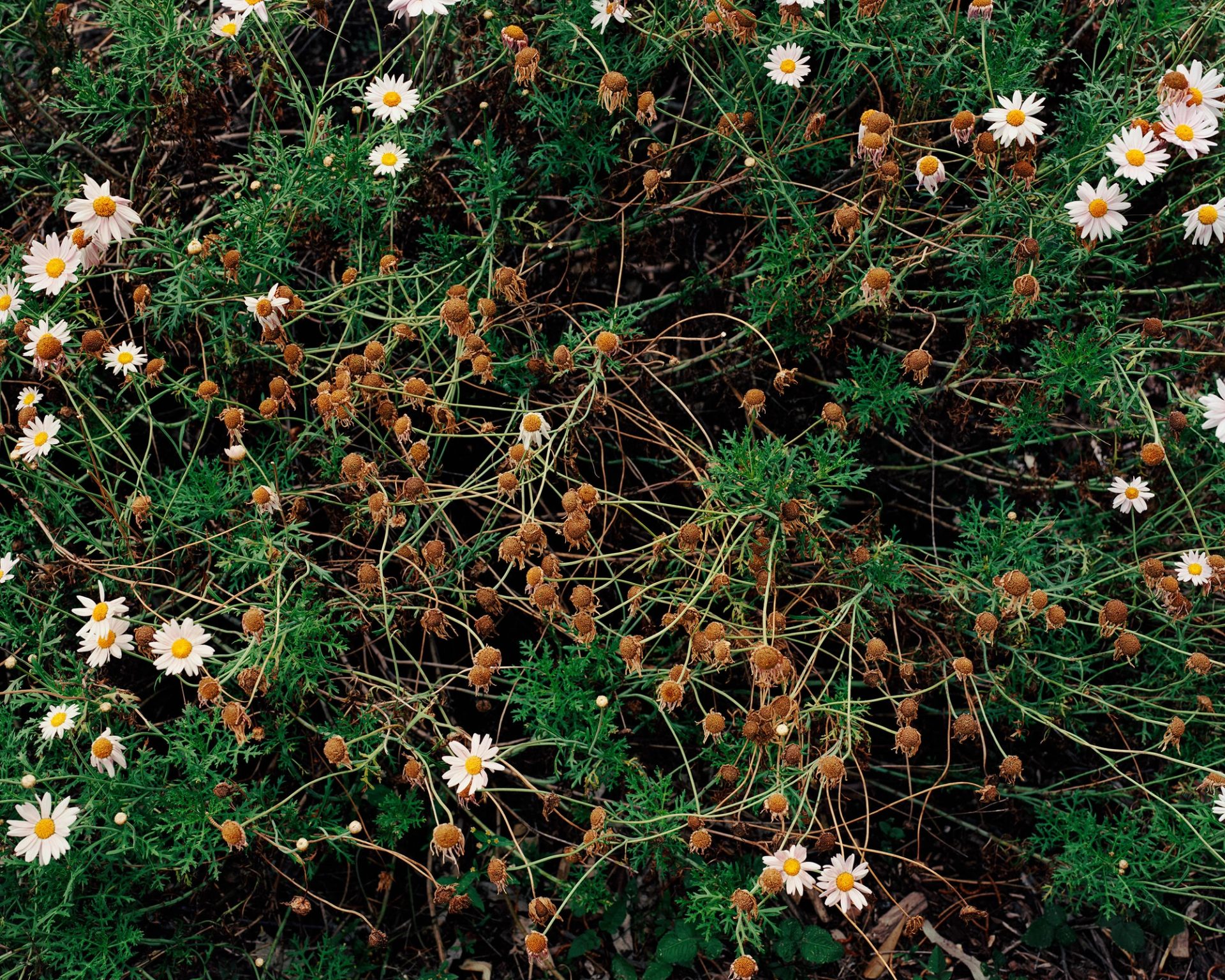
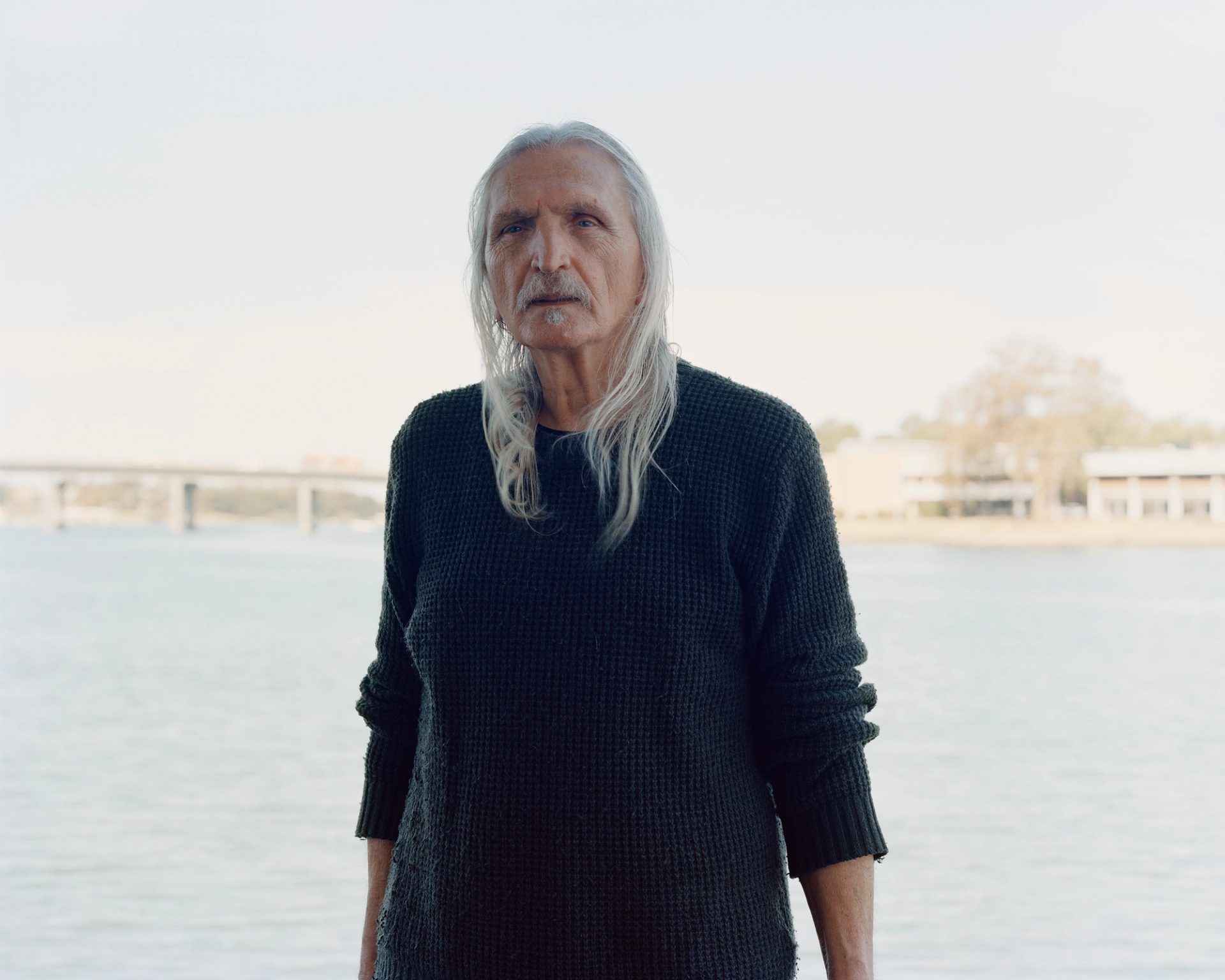
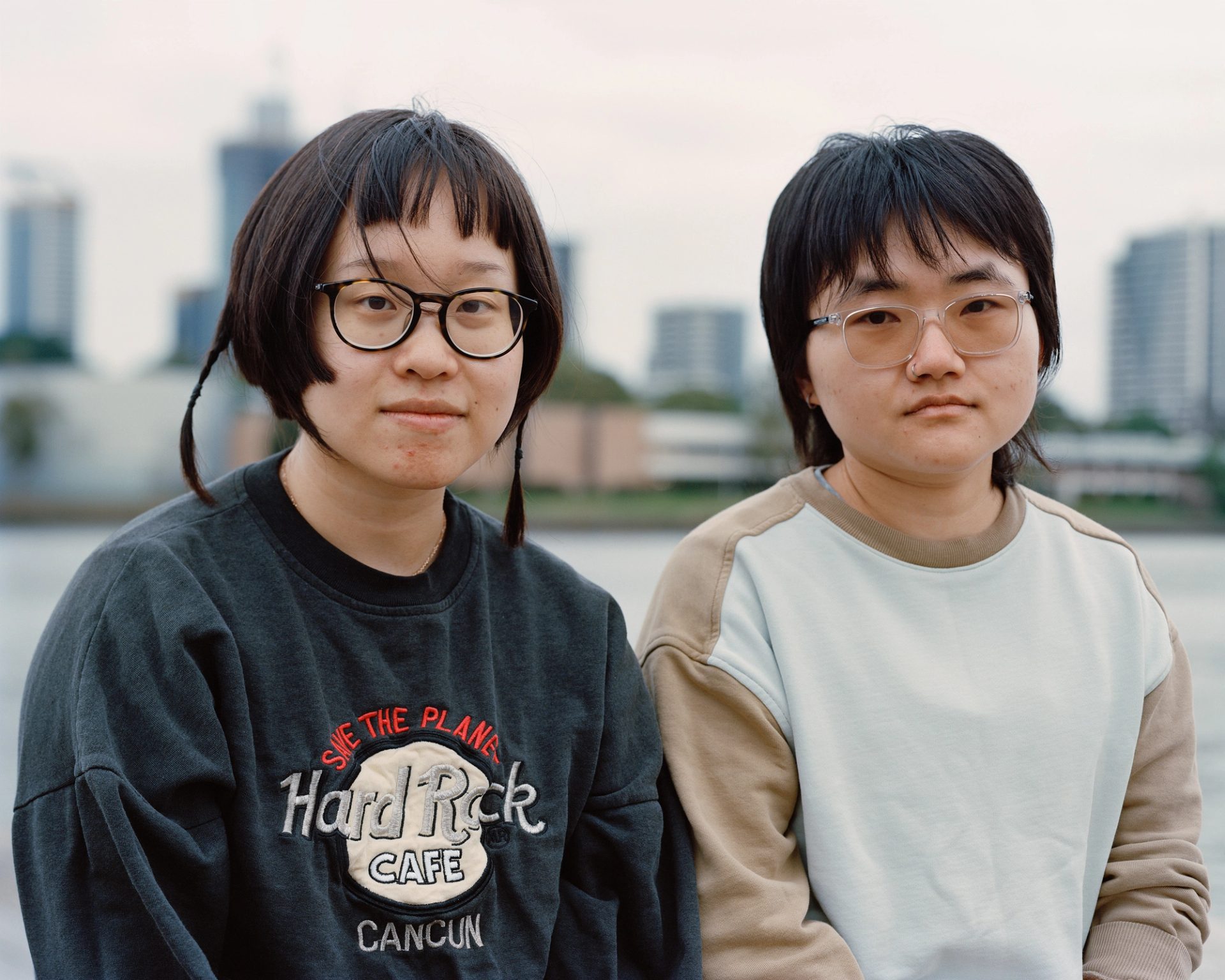
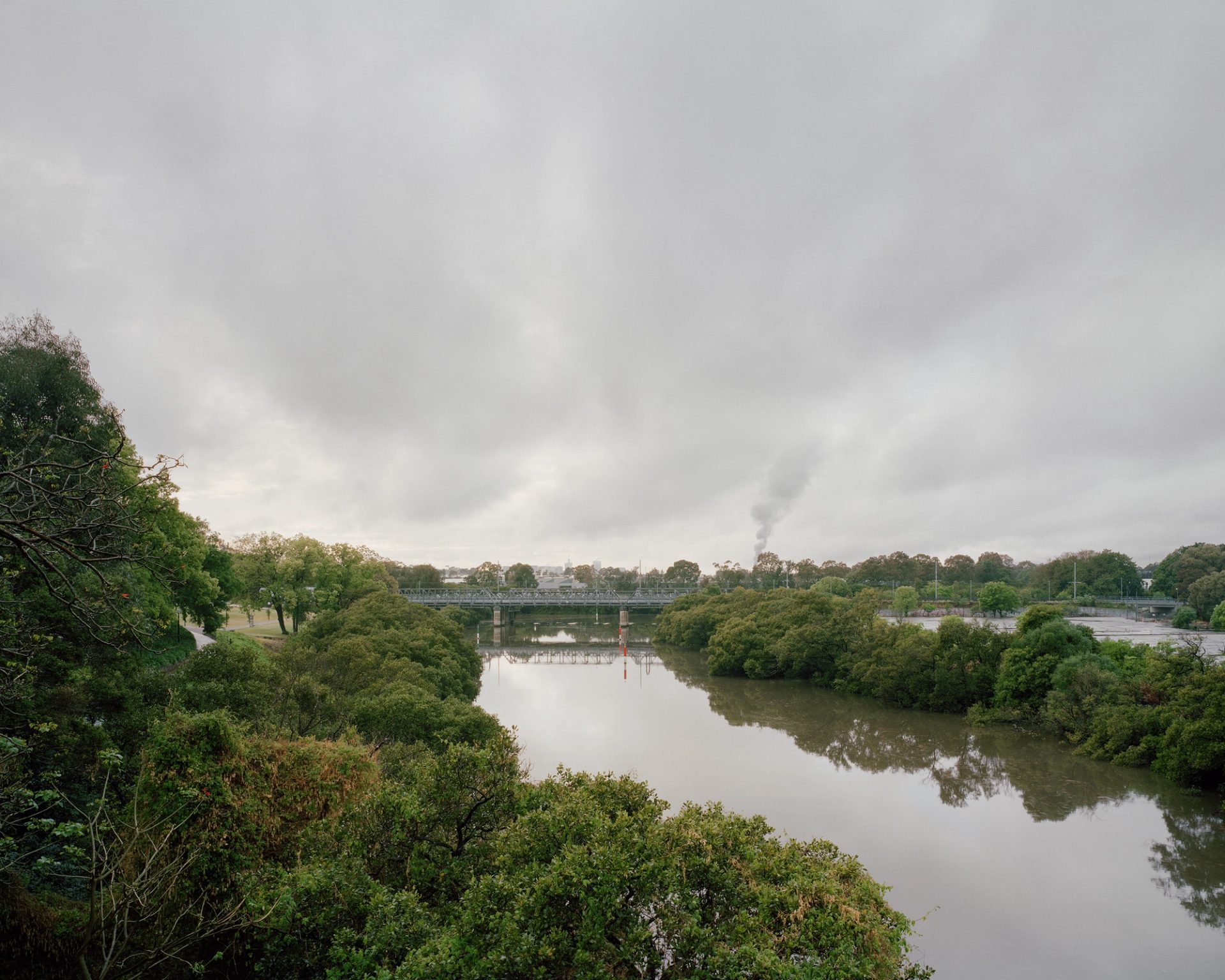
More
Powerhouse Photography
An ongoing series of programs, commissions, acquisitions, publications, learning and research activities dedicated to the promotion and development of photography in Australia.











